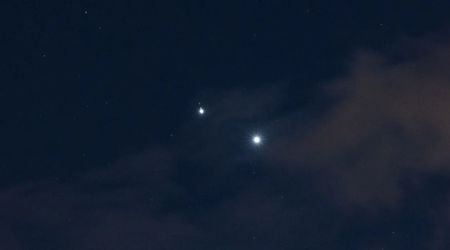The Summer Triangle is visible in the autumn sky: Here's everything you need to know
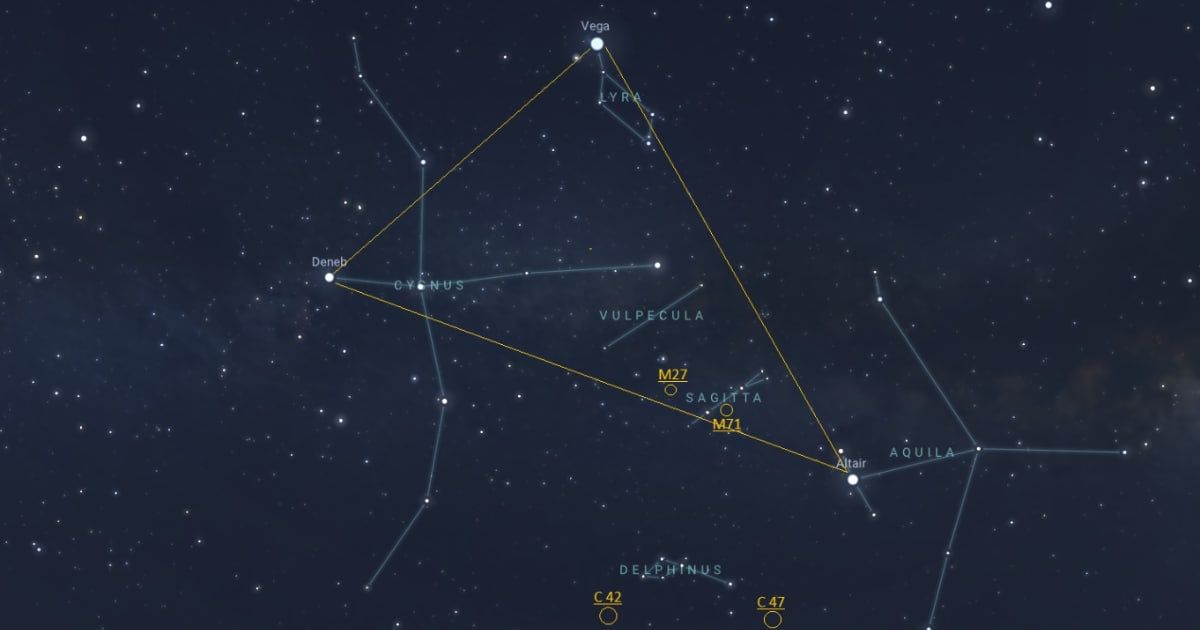
Even though summer has long passed, one of its most interesting sky markers can still be seen in the evening sky of the Northern Hemisphere. The Summer Triangle, a striking pattern made of the stars Vega, Deneb, and Altair, can be easily spotted. As we move deeper into November with the September equinox behind us, this trio remains prominent after dusk. Step outside on a November evening and look toward the west; you’ll likely find the Triangle high in the sky. In fact, it remains visible in the early evening through November, December, and even into January, according to EarthSky.
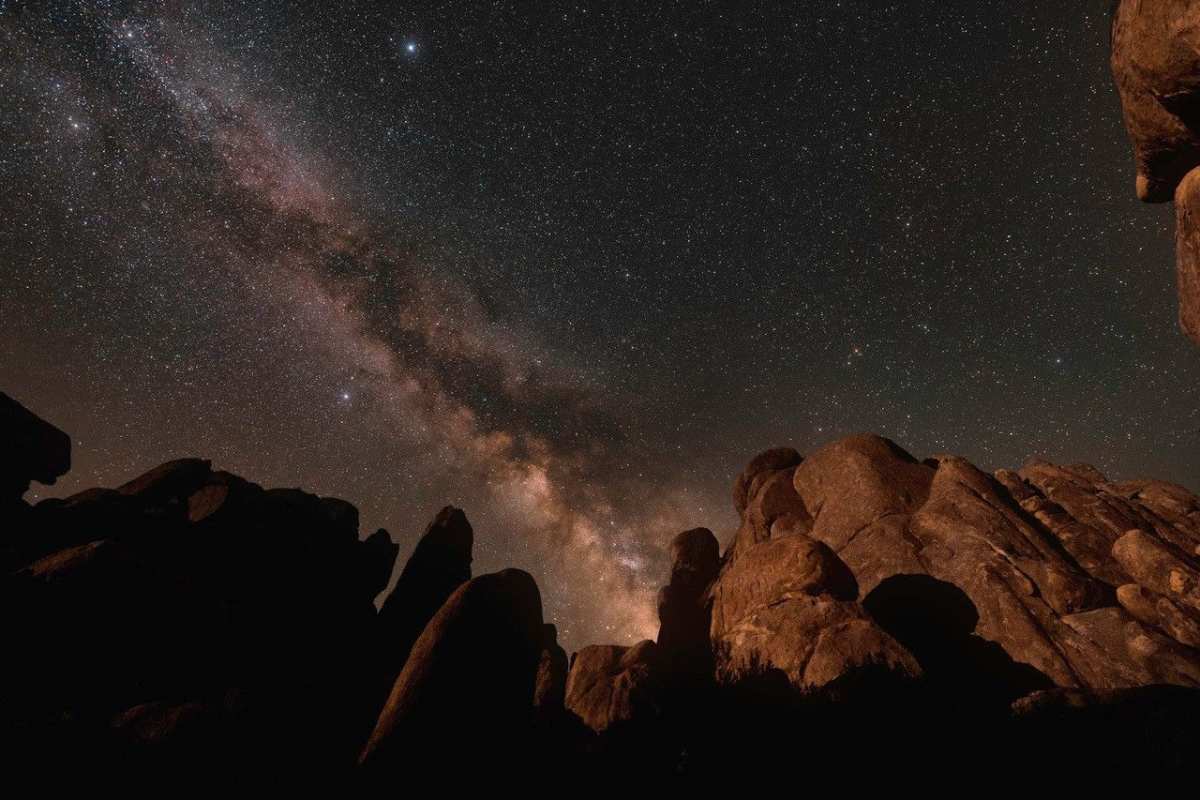
While many mistake it for a constellation, the Summer Triangle is actually an asterism, an obvious pattern of stars from the same or different constellations (more on this later). In fact, the three stars in the Summer Triangle belong to three different constellations. Vega forms part of Lyra, the Harp; Deneb is in Cygnus, the Swan; and Altair shines brightly in Aquila, the Eagle. During June, around the solstice, the Summer Triangle rises in the east at nightfall and can be seen until dawn. But by the time November comes, its position shifts. Just after sunset, you’ll see the Triangle high in the western sky. As the night rolls on, the triangle descends, though all three stars remain visible until late evening.

A trick for skywatchers: note the Triangle’s position tonight. It will appear four minutes earlier with each passing night or roughly two hours earlier each month. And while you watch the Summer Triangle westward, don’t forget to look east. Orion, the Hunter, rises as the Triangle sinks.

People get confused between an asterism and a constellation. A constellation is an officially recognized grouping of stars, per Earth Sky. The term comes from the Latin word constellatio, “a collection of stars.” There are a total of 88 constellations that have been recognized till now. Each has specific boundaries in the sky. Many of these patterns trace back thousands of years and connect us with ancient civilizations that looked up at the night sky. They imagined heroes, creatures, and other symbols through the constellations. Some known names are Orion, the Hunter; Cassiopeia, the Queen; Cygnus, the Swan; and Ursa Major, the Great Bear.
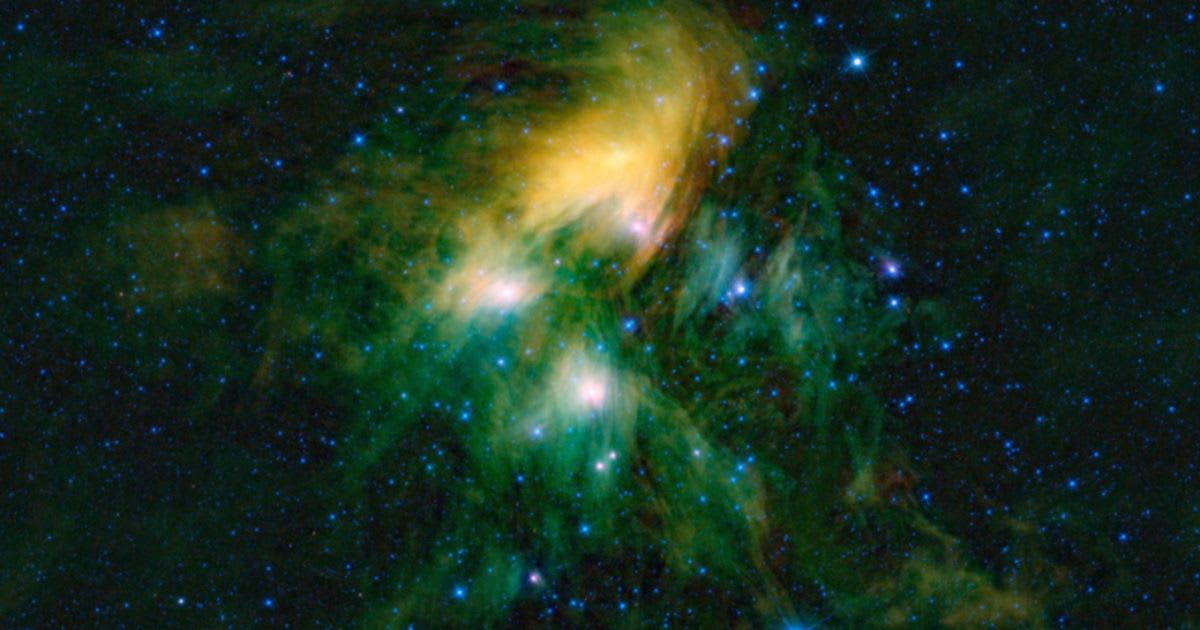
An asterism is a little different—they are comparatively new and not officially recognized. As pointed out earlier, they can be small shapes formed within a single constellation or larger patterns that borrow bright stars from several constellations at once. Many asterisms are familiar because they form simple, easy-to-spot shapes that stand out to casual stargazers. Some of the famous asterisms are the Big Dipper (also known as the Plough), the seven-star pattern within the constellation of Ursa Major, the Great Bear. In the Southern Hemisphere, five stars compose an asterism called the Southern Cross within the constellation of Crux.
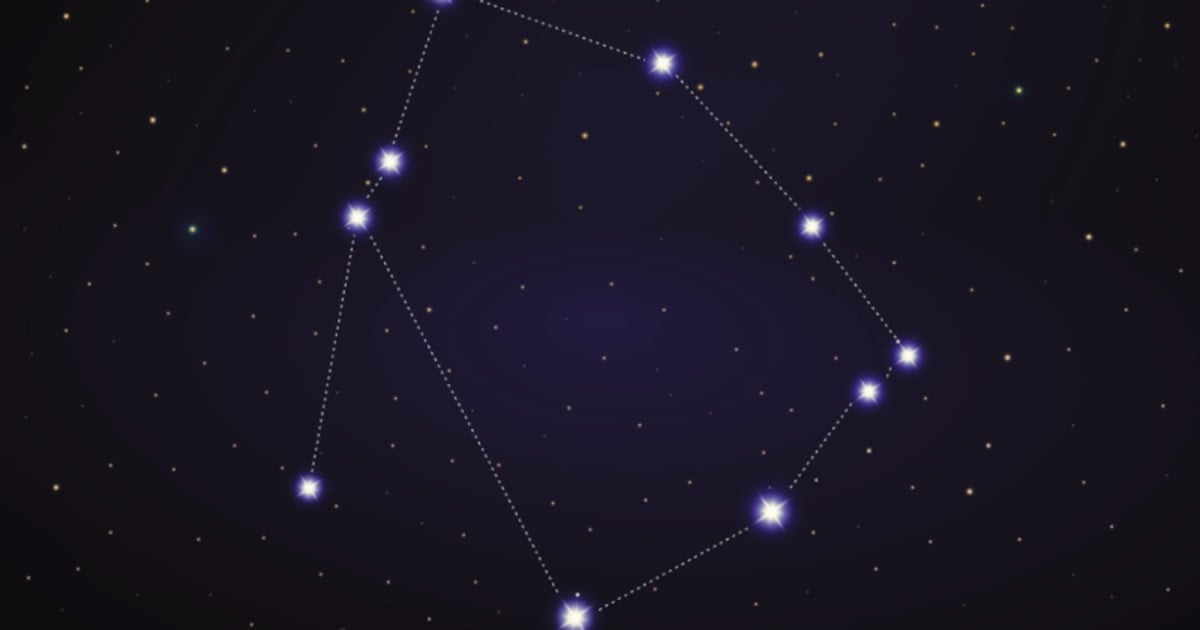
A new skywatcher can easily pick up constellations. The easiest way to begin is by locating the brightest stars and the most obvious patterns first. Of course, it needs a bit of practice. But plenty of free online tools and planetarium apps can guide you along the way. Learning the constellations is absolutely worth the effort, even if it sometimes takes imagination to see the shapes and patterns.
More on Starlust
Heart of Butterfly Nebula in the constellation Scorpius reveals clues to Earth's creation

